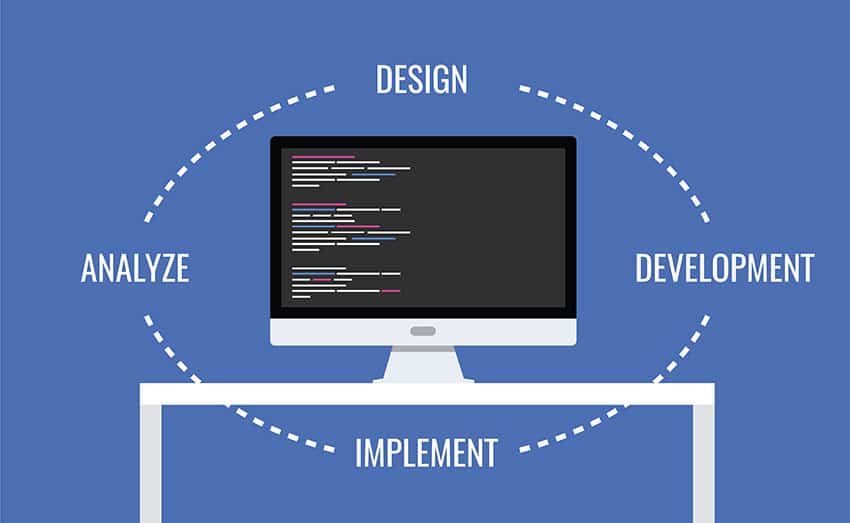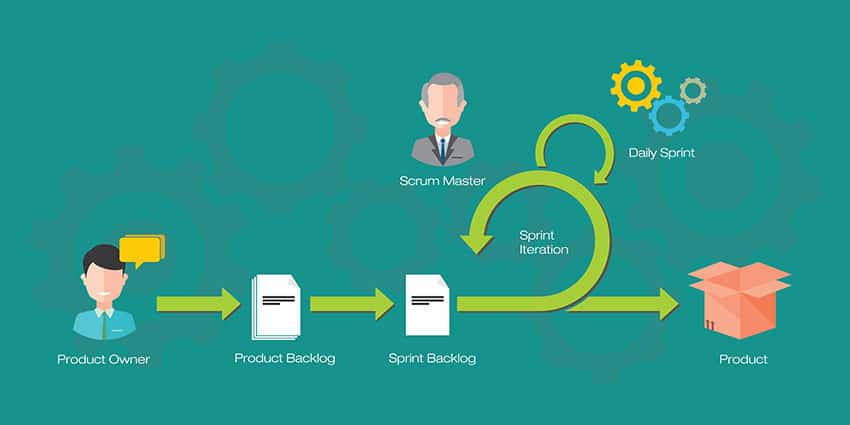You’re likely familiar with lean management principles and its corresponding kanban tool by this point. Another similar set of philosophies meant to streamline business workflows is agile.
Agile is a work management philosophy generally used in the IT and software development industry. It was originally devised as an alternative to Software Development Lifecycle methodologies, and offers an iterative approach to software delivery. Although agile was originally created to help businesses in an IT and software development context, the basic framework is applicable across every industry.
And because agile has gained significant traction in numerous business contexts, organizations are looking for innovative ways to integrate agile principles into their practices. One such way is by using kanban to help visualize agile tasks and processes.
Establishing Kanban
The word “kanban” is Japanese for “visual card” — a simple but apt description for the kanban board system. It’s a solution that allows team members to visualize the workflow for a particular project all in one place, including everything that needs to get done and all the tasks coming down the pipeline.
In its most basic form, a kanban is often created on a big whiteboard, with three columns and sticky notes in each column signifying various tasks. And modern kanban solutions, such as online kanban boards and kanban software, can alleviate the workload for over-stressed project managers while creating a sleek, collaborative workflow for team members.
How does kanban work? The three most basic column types are “To Do,” “In Progress,” and “Done,” or some elaboration or variation of those three concepts.
Each sticky note is a task or work item that is moved from one column to the next as it is completed. Those columns can be scaled up and customized based on the needs of each team and project.
Whether they take the form of whiteboards or online software, kanbans are a scalable tool that can really help bump up a team’s efficiency and highlight any backlogs or bottlenecks.
From service industries to software developers to manufacturing (yes, the originators of this management methodology), this simple but effective tool can span the projects of a single department or an entire multi-national organization.
Setup Tips
One way to ensure your kanban board is setup with a focus on agile principles is to scale it based on your sprints. Perhaps you build one individual board for each of your teams for each of their project sprints. The kanban would only hold tasks for that particular sprint. That’s the beauty of kanban — these boards are scalable and entirely customizable based on the needs of the organization.
Another way to ensure agile success with kanban is to once again limit work in progress. That ensures your team can stay responsive, which is a primary tenet of agile development. Having too many things on the go at once means tasks can fall through the cracks and end up unfinished, or are rushed to be completed in time. But limiting WIP prevents this and allows workers to be responsive enough should priorities shift during the course of a sprint.
Did you find this agile management tip helpful? Leankor’s workflow management tools can help your team become even more efficient. Schedule your one-on-one demo today!






